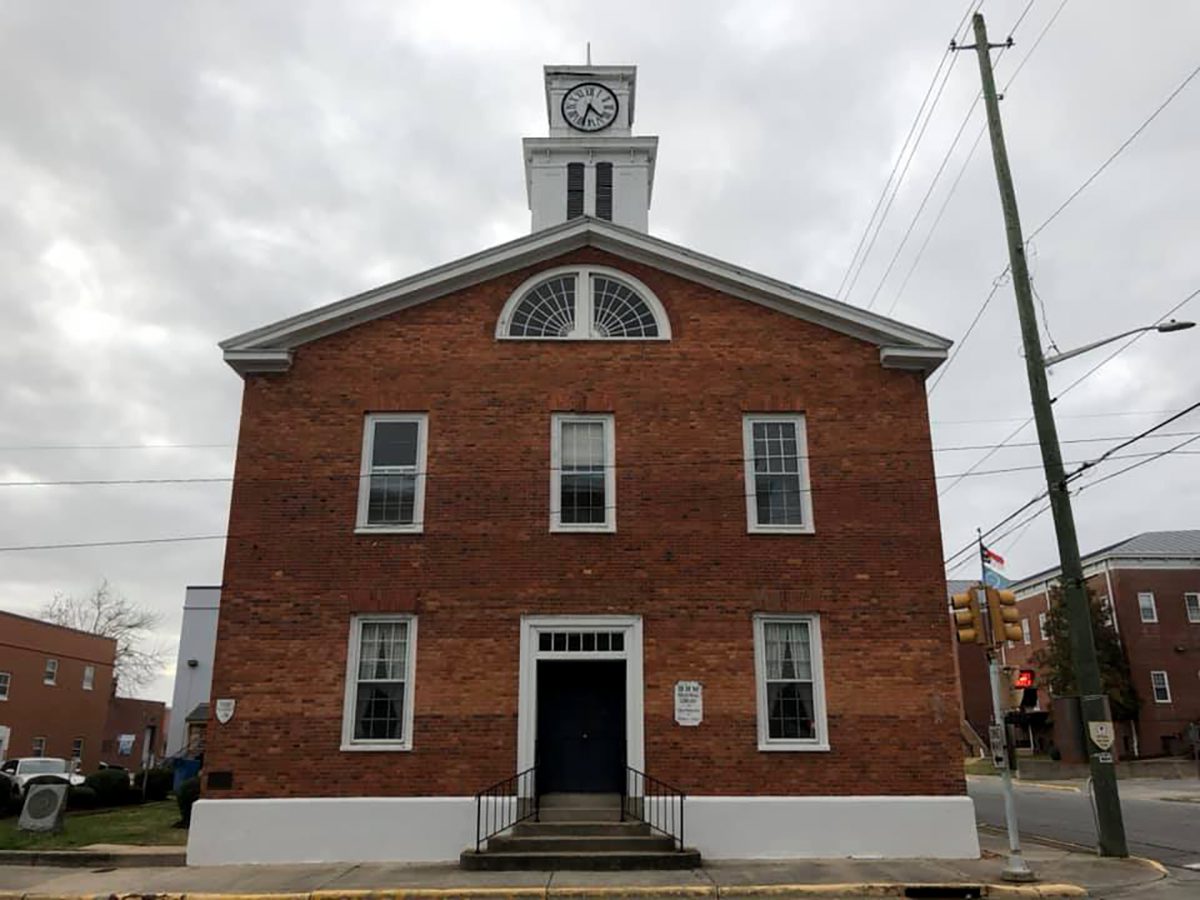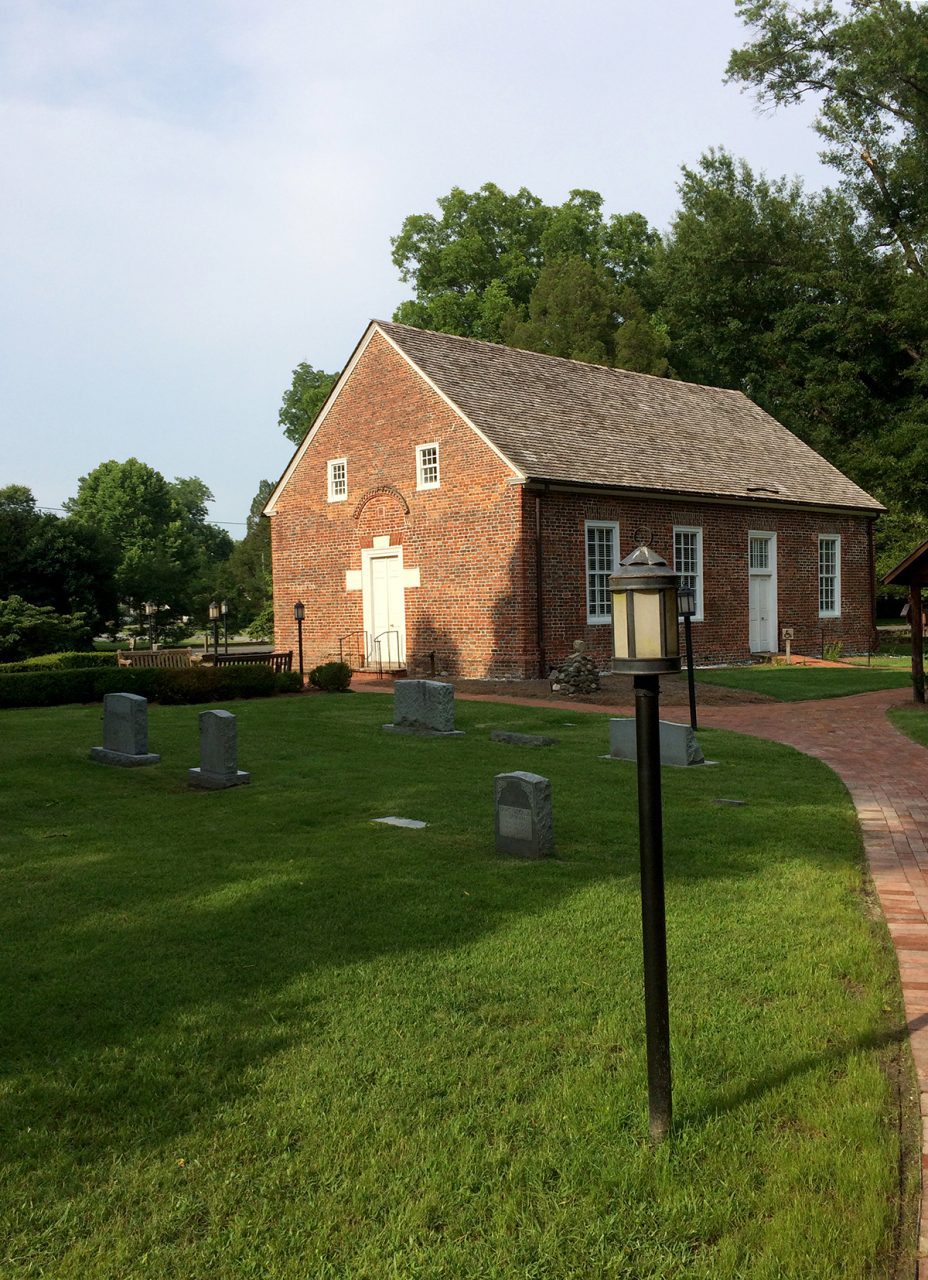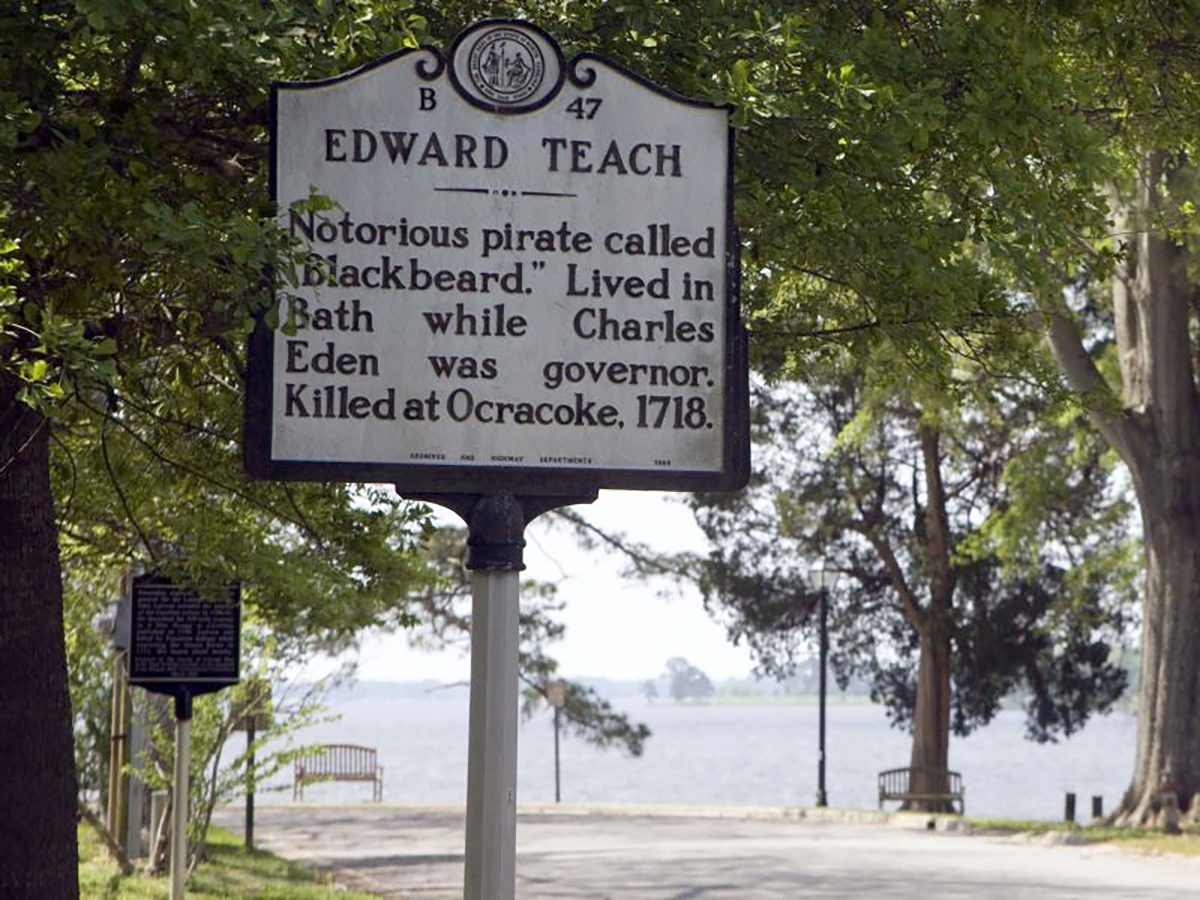
Part of a history series examining each of North Carolina’s 20 coastal counties.
Beaufort County, a growing center for commerce and sightseeing in coastal North Carolina, is home to two of the state’s oldest towns, its oldest church and dozens of historic houses.
Supporter Spotlight
The county is a centerpiece of the Inner Banks, with a state park and several smaller parks to complement its colonial heritage. After centuries of agricultural and small-town life, its history is a big part of Beaufort County’s lure as a tourist destination.
The earliest permanent European settlement in North Carolina was north of Albemarle Sound in the mid-17th century. This colony was mainly based on tobacco and corn cultivation, which took up large swaths of land.
The growing population and soil exhaustion soon led the English to look for more places to settle in the Carolina land grant. One of these areas was along Bath Creek near the Pamlico River. Bath itself was formed in 1690 and laid out by the famed explorer John Lawson. It became North Carolina’s first incorporated town in 1705.
Bath County was organized to administer some of the territory south of Albemarle Sound. It was the first new county in the area. Bath County originally had three subdivisions known as precincts. The western precinct stretched from the Pungo River area to the Pamlico River, according to author David Leroy Corbitt. Originally known as Pampticough Precinct, it became Beaufort Precinct, named for one of the Lords Proprietor, in 1712. Beaufort County did not form until 1739 when Bath County was formally dissolved.
Bath determined the early history of Beaufort County. The town was a temporary home of the pirate Blackbeard. Arguably North Carolina’s most famous pirate, Blackbeard purchased a home in the town and lived there briefly after a pardon from Governor Charles Eden. Historian Robert E. Lee wrote that with Blackbeard in town, “Bath undoubtedly was a lively place … people came great distances to buy merchandise from foreign lands in the shops of Bath. The ordinaries (the hotels of colonial times) and bars were crowded with customers. The village came to life.”
Supporter Spotlight
The pirate could not abandon his lawless ways, however. After a few months, he rejected his pardon and took up piracy again off the North Carolina coast. Blackbeard was finally killed in November 1718 off the coast of Ocracoke, about 50 miles from Beaufort County.
Bath was burned during the Tuscarora War and remained small for the next three centuries. Its population reached a peak of 400 in 1900 and is now less than 250. But a number of remarkable early buildings still exist in this sleepy town.
It is home to the oldest church in North Carolina, St. Thomas Episcopal, built in 1734. In her history of eastern North Carolina architecture, Catherine Bishir wrote that the church was “a major accomplishment for its time and place, its small size and simplicity reflecting the challenges of building well in the colony in the early 18th (century).” Bath is also home to the Palmer-Marsh House, built in 1750 and famous for its two large chimneys, and the Bonner House built in 1835.

After the formation of Beaufort County, Washington eventually supplanted Bath and grew to become the center of commerce of the county. Known as “Little Washington,” it was the first town in the country named after George Washington. It was located on the Pamlico River and soon became a considerable town in the region. Washington became the county seat in 1785 and the courthouse was built a year later.
The antebellum period was one of considerable success for Beaufort County landowners. Agricultural wealth resulted from rich soil, especially near the Pamlico River, as well as the widespread practice of slavery.
Over 41% of Beaufort County’s population was enslaved in 1860, according to the Hergesheimer map. Washington and Beaufort County were also centers for free African Americans. According to John Hope Franklin, Beaufort County a considerable number of free African Americans for eastern North Carolina by 1830, a number that roughly doubled by 1860.
The county’s wealth and Washington’s strategic location made it a prime target for the Union during the Civil War. Washington was captured by Union troops in 1862 after Ambrose Burnside’s expedition against eastern North Carolina. It changed hands again in 1864 before falling back under Union control in the final months of the war.
Beaufort County remained dependent on agriculture throughout the 19th and 20th centuries. Tobacco cultivation gave way to peanut and later soybean farming. Cotton farming was also prevalent in the county, with farmers cultivating 11,785 acres according to the 1880 census.
Washington eventually developed into one of eastern North Carolina’s most prosperous small towns. Its burgeoning waterfront hosted considerable business in shipping and shipbuilding. Washington was joined in the ranks of Beaufort County towns by Belhaven, which was incorporated in 1899 and later became the second-largest town in Beaufort County.
In addition to agricultural and commercial success, Washington also was home to a number of well-known people. In the 19th century, some of these residents were connected to politics. Churchill C. Cambreleng, who moved to New York as a teenager, became a noted federal representative and key ally of Andrew Jackson. Arthur Schlesinger Jr. described him as the “crony of (Martin) Van Buren … a small man, inclining toward portliness, alert in expression, friendly in manner …”

Other former residents of the county included Tillie Ehringhaus, wife of Gov. J.B. Ehringhaus and Woodrow Wilson’s Navy Secretary, News & Observer publisher and white supremacy propagandist Josephus Daniels. Those who called Washington home in the past century included politician Henry Covington Bonner, namesake of the Bonner Bridge, and NBA stars Dominique Wilkins and Bam Adebayo. Actor Murray Hamilton, who gained fame for playing the mayor in the 1975 Steven Spielberg film “Jaws,” was also from Beaufort County.
Today, Beaufort County is reorienting its economy to focus more on tourism. Goose Creek State Park attracts about 275,000 visitors yearly, including hikers, campers and kayakers. Washington is home to shops, bed and breakfast inns, and the Bank Bistro, a regionally known restaurant located in an 1854 bank. Belhaven also has a popular restaurant and several B&Bs.







